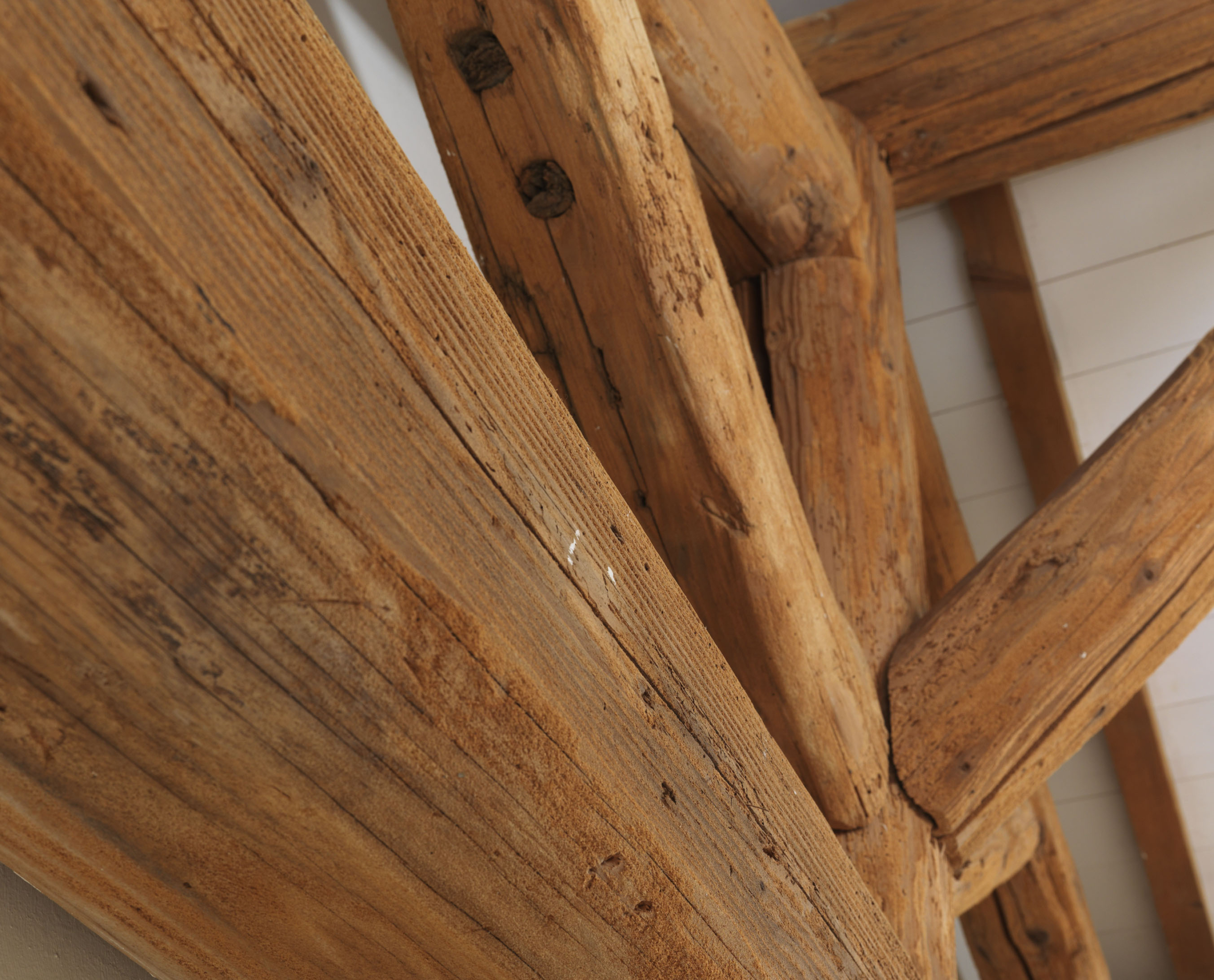Wood-boring insects and their larvae in construction: a major challenge for construction professionals

Wood boring insects have the unique characteristic of feeding on wood, which they consume to ensure their proper development. Therefore, their presence represents a major challenge for construction professionals and those involved in the preservation of wooden structures. Their appetite for wood makes them responsible for irreversible damage to wooden products used such as frames, beams, or furniture. It is crucial for anyone working with wood to understand the prevention and treatment methods to fight wood-boring insects.
What is a wood-boring insect?
Wood-boring insects are insects that feed mainly on wood. They can feed on cellulose, hemicellulose, or lignin. The type of wood attacked varies from one insect to another. For example, some prefer dry wood, while others are more attracted to very moist wood. Their presence represents a significant threat to the durability of wooden structures.
Differences between a wood-boring insect and an insects with wood-boring larvae
The difference between insects with wood-boring larvae and wood-boring insect is based on their stage of development, coupled with the time of their life cycle when they attack wood. Wood-boring insects such as termites consume wood at all stages of their life cycle. Meanwhile, insects with wood-boring larvae are insects whose larvae (not adults) feed on wood.
What are the main insects with wood-boring larvae?
The most common insects with wood-boring larvae are part of the wood-boring Coleoptera family. Their larvae dig tunnels in wood to feed and develop, before leaving the wood in which they are nest as adults. Wood-boring beetles include:
The House longhorn beetle
The house longhorn beetle (Hylotrupes bajulus) mainly attacks softwoods and is known for digging large tunnels that end in oval exit holes (ranging from 8 to 10 mm). Generally, the traces of the passage of beetle are characterized by the observation of light-colored wood dust in the shape of small barrels.
The Furniture Beetle
The furniture beetle (Anobium punctatum) mainly attacks hardwoods, but it can also infect some softwoods. It is known for the damage it causes to floors and antique furniture. Its presence is characterized by a significant amount of fine wood dust as well as the exit holes of the tunnels dug by the larvae (which can range from 1 to 3 mm in diameter).
The Deathwatch Beetle
The deathwatch beetle (Xestobium rufovillosum) often attacks rather old wood because it needs moisture to develop properly. Larvae dig larger tunnels than those of the furniture beetle (round exit holes measuring 4 to 6 mm in diameter). The latter are often accompanied by thick and granular wood dust.
Powder-Post Beetle
Powder-post beetle (Lyctus brunneus) mainly targets broad-pored hardwoods such as oak or walnut. Larvae dig tunnels inside the wood and create small circular exit holes (approx. 1 to 2 mm in diameter). They produce a very fine wood dust with a powdery appearance (similar to flour).
What treatments are suitable when wood is infested with wood-boring insects and their larvae?
Two main categories of treatment are suitable for professional application: preventive treatments and curative treatments. A preventive treatment is a wood preservation technique applied as a precaution, that is to say before any infestation, to protect the wood from possible attacks. If the wood is already infested, a curative treatment should be applied.
XILIX® curative treatments
Groupe Berkem has been developing wood preservation products for nearly 60 years. The XILIX® range has been specially designed with the aim of prolonging the durability of materials, especially wood and its derivatives. Each formulation is specific to the substrate and the characteristics of the degradation agents to treat. The XILIX® insecticide products are available in gel, concentrate or liquid form. The different treatments proposed eliminate wood-boring insects and their larvae, thus limiting the spread of the infestation.
All our news
All our news



